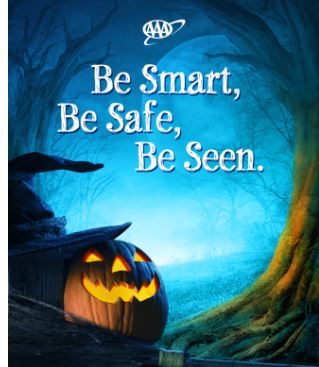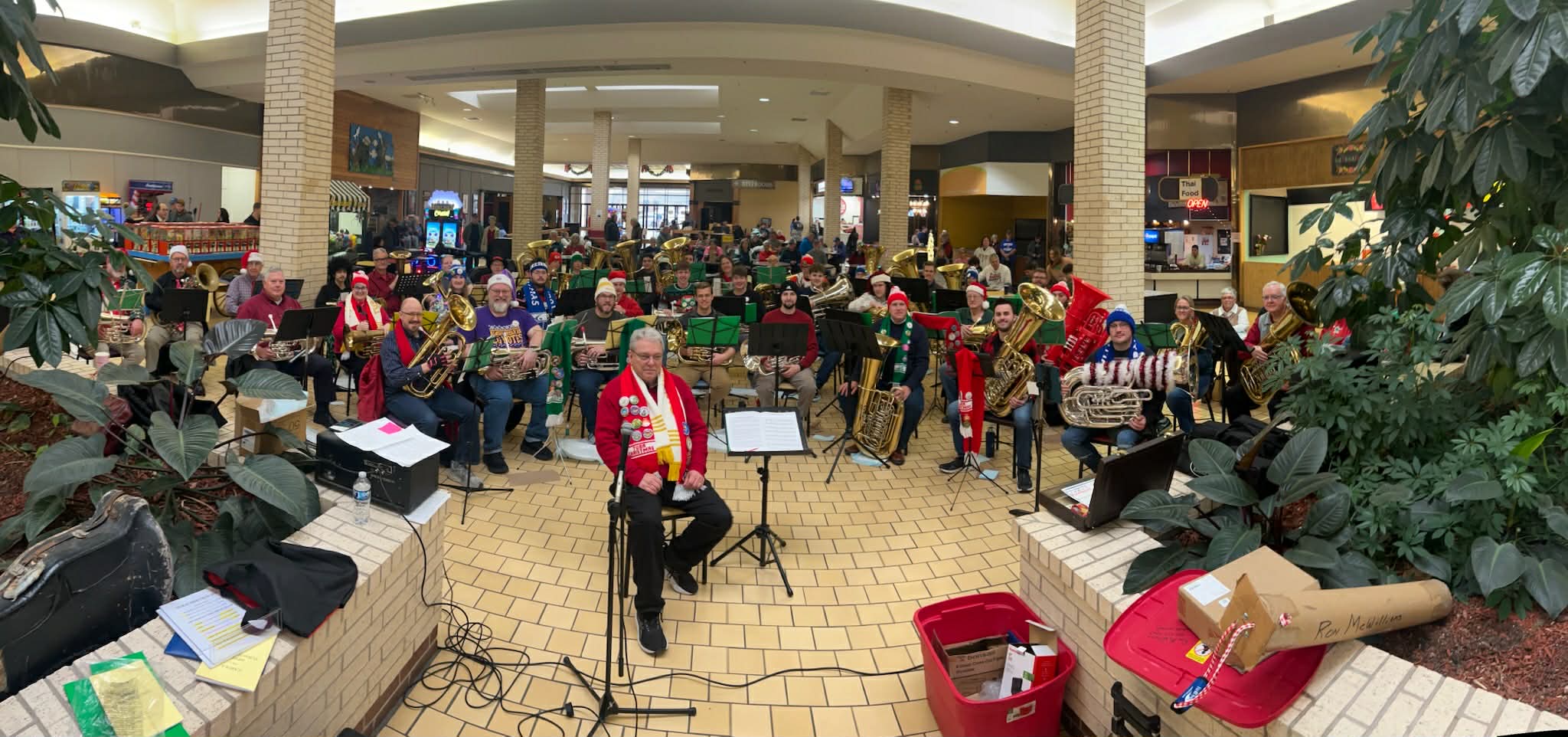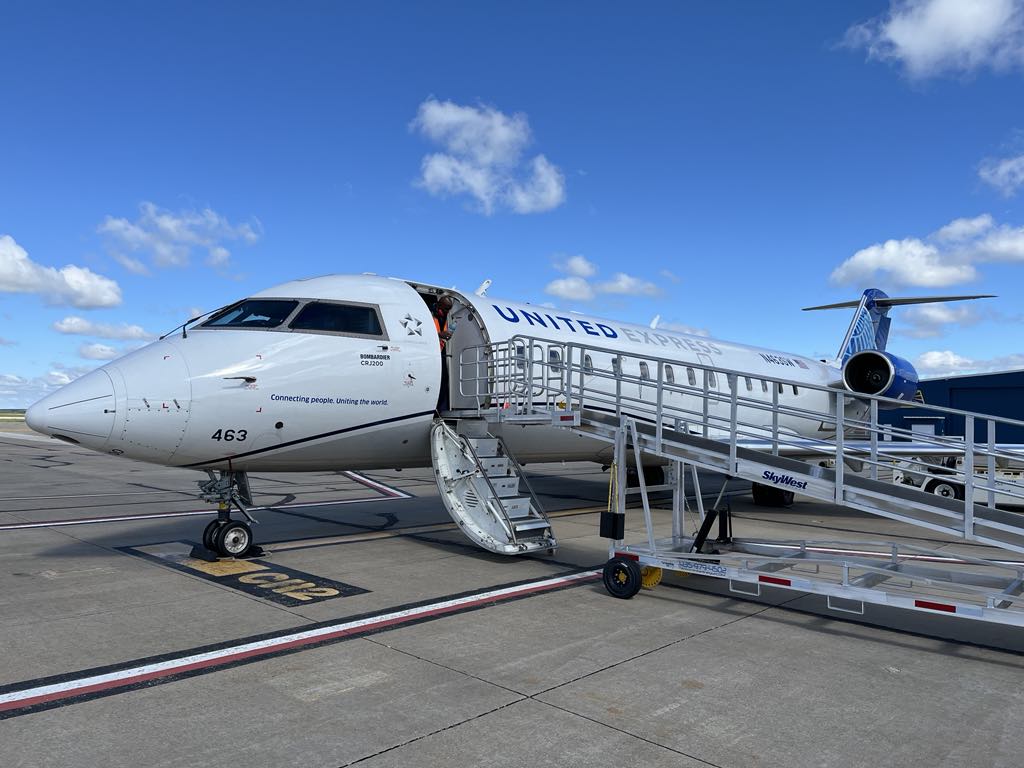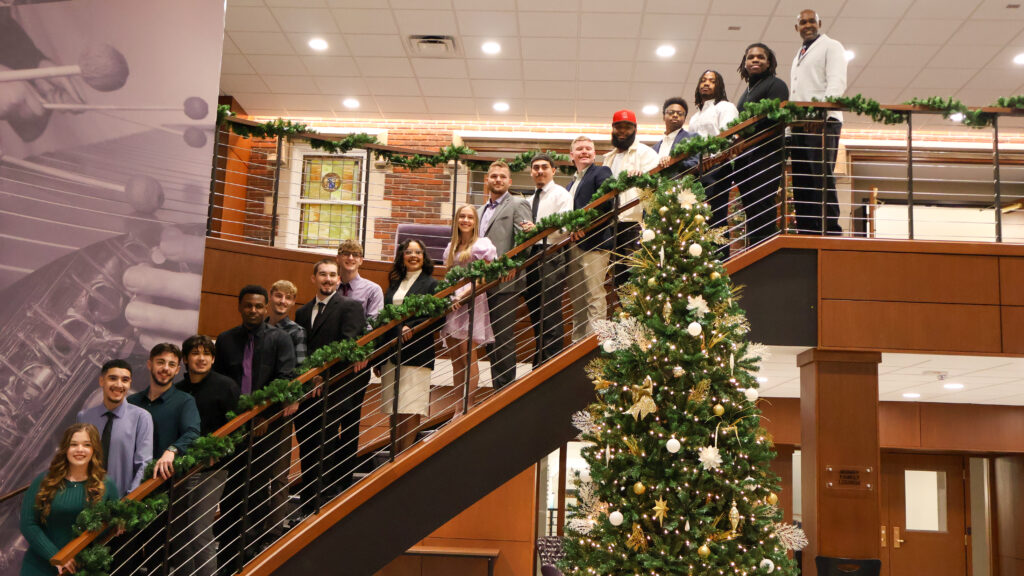As Halloween approaches, AAA reminds ghosts and goblins, trick-or-treaters, parents, and party goers too, of the dangerous traffic safety concerns associated with the holiday. Increased pedestrian activity and the potential for impaired driving converge this week as Halloween activities begin on the holiday itself (Thursday,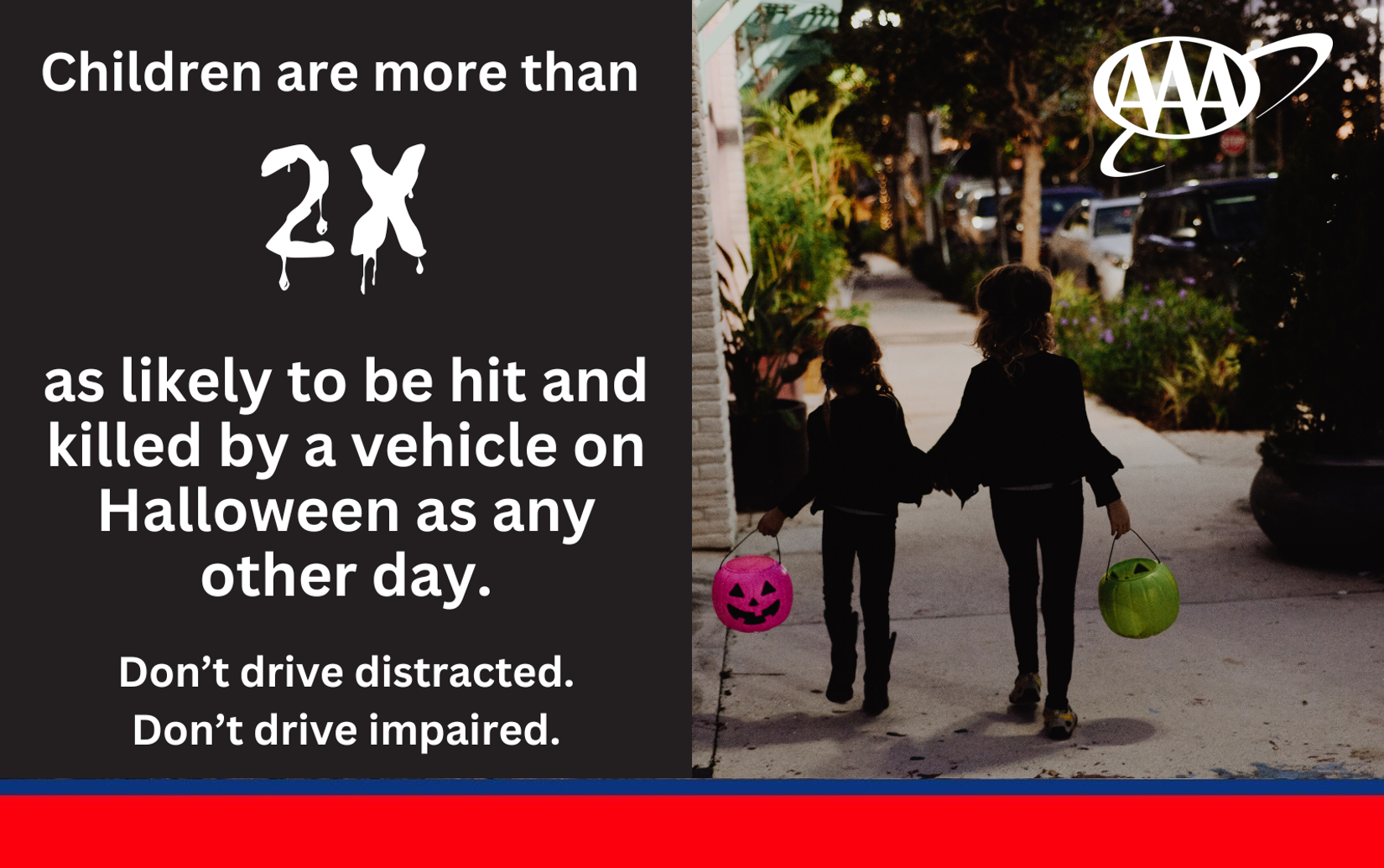 October 31) and in some cases into the upcoming weekend as Halloween parties continue.
October 31) and in some cases into the upcoming weekend as Halloween parties continue.
 October 31) and in some cases into the upcoming weekend as Halloween parties continue.
October 31) and in some cases into the upcoming weekend as Halloween parties continue.Halloween Dangers – Child Pedestrian Safety and Drunk Driving
A scare in good fun is expected on Halloween, but AAA warns, not when it comes to child pedestrian safety.
-
According to Safe Kids Worldwide, children are more than twice as likely to be hit by a car and killed on Halloween than any other day of the year.
-
The National Highway Traffic Safety Administration (NHTSA) reports that Halloween is consistently one of the top three days of the year for pedestrian injuries and fatalities.
-
Deadly after dark – the nighttime fatality rate on U.S. roadways is three times higher than the daytime rate, and 76% of pedestrian fatalities occur at night, according to the Federal Highway Administration (FHA).
-
More than 40% of Halloween crash fatalities nationwide involve drunk drivers (NHTSA).
Creative costumes, trick-or-treating and bags full of goodies become top Halloween priorities, but safety often becomes an afterthought. Excited trick-or-treaters can forget about safety, so drivers, party-goers and parents must be even more alert, as the risk of kids being injured by moving vehicles increases on Halloween night.
“With an increased risk of pedestrian crashes on Halloween night, AAA urges parents to take the time to make trick-or-treaters and their costumes safer and more visible to motorists,” said Shawn Steward Public Affairs Manager for AAA Kansas. “In addition, motorists must eliminate distractions, slow down and watch for children, as well as have a completely sober designated driver if drinking as part of a Halloween celebration.”
Halloween is a statistically dangerous night for drunk driving. Because of parties, trick-or-treating, and other festivities, Halloween night can be especially dangerous on our nation’s roads. According to NHTSA:
-
In 2022, 72 people died in traffic crashes during Halloween night (6 p.m. October 31-5:59 a.m. November 1).
-
46% (33) of those fatalities occurred in alcohol-related crashes, which involved at least one driver or motorcycle operator with a blood alcohol concentration at or above .01 g/dL.
-
39% (28) of those fatalities occurred in drunk-driving crashes, which involved at least one driver or motorcycle operator with a blood alcohol concentration at or above .08 g/dL.
-
-
From 2018 to 2022, there were 386 traffic fatalities during Halloween night.
-
266 of those fatalities were occupants of a vehicle.
-
52% (138) of those vehicle occupants were drunk.
-
The 21-34 age group had the highest percentage (54%) of fatalities in drunk driving crashes on Halloween night.
-
“Halloween is a time to make happy memories, not tragic nightmares,” said Steward. “The only thing scarier than zombies and witches loose on the streets is an impaired driver.”
On Kansas roadways, the Kansas Department of Transportation (KDOT) reports:
-
During the 78-hour Halloween holiday reporting period, from 2020-22, there were an average of 651 crashes, 184 injuries and 6 fatalities each year.
-
During that 2020-22 reporting period, there were an average of 40 alcohol-related crashes over the Halloween holiday, resulting in an average of 24 injuries and 1 death.
AAA Halloween Safety Tips
Motorists
-
Eliminate distractions while driving, focus on the road and trick-or-treaters.
-
Slow down in residential neighborhoods and obey all traffic signs and signals, give yourself extra time to react to children who may dart into the street.
-
Look for children crossing the street. They may not be paying attention to traffic and may cross the street mid-block or between parked cars.
-
Carefully enter and exit driveways and alleys, taking extra care if you are backing up or turning.
-
Turn your headlights on to make yourself more visible – even in the daylight.
Parents
-
Make sure Halloween costumes are flame-retardant and light in color to improve visibility.
-
Be bright at night – have trick-or-treaters use glow sticks or wear retro-reflective tape on costumes and on treat buckets.
-
Ensure disguises don’t obstruct vision and avoid full facemasks.
-
Create face masks that coordinate with costumes and won’t obstruct vision.
-
Ask an adult or older child to supervise children under age 12.
-
Instruct children to travel only in familiar areas and along established routes.
-
Teach children to stop only at well-lit houses and to never to enter a stranger’s home or garage.
-
Review trick-or-treating safety precautions, including pedestrian and traffic safety rules.
Trick-or-Treaters
-
Stay on sidewalks and avoid walking in streets if possible.
-
If there are no sidewalks, walk on the left side of the road, facing traffic.
-
Look both ways and listen for traffic before crossing the street.
-
Watch for cars turning or backing up.
-
Cross streets only at the corner, using traffic signals and crosswalks, and never cross between parked vehicles or mid-block.
-
Trick-or-treat in a group if someone older cannot go with you.
-
Tell your parents where you are going.
-
Carry a flashlight containing fresh batteries. Never shine flashlights into the eyes of oncoming drivers.
Party Goers
-
Arrange a safe ride home and/or designate a driver before partaking in any festivities.
-
Always designate a sober driver.
-
If you are drunk, take a taxi or ride share service, call a sober friend or family member, or use public transportation.
-
Before leaving for a party, load ride share apps or put numbers of local cab companies or your designated driver(s) into your phone.
-
Walking impaired can be as dangerous as drunk driving. Designate a sober friend to walk you home.
-
If you see a drunk driver on the road, contact local law enforcement.
-
If you know someone who is about to drive or ride impaired, take their keys and help them make safe travel arrangements to where they are going.
